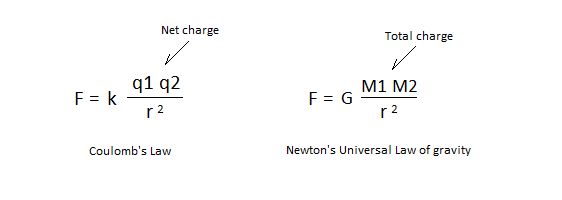This approach turned out to be wildly successful. However, it left open the question of what things actually are, and whether some things that he thought were different might merely be different manifestations of the same thing.
Since Newton's time, we have made a lot of progress, mainly in regards to electricity. We now know that much of what was thought to be different is in fact two sides of the same thing. Magnetism and electric currents are examples of this. Both are due to charge in motion.
The relationship between mass and gravity is similar to electric current and magnetism in that there is no doubt that these phenomenons are linked. However, the assumption that gravity is an attribute of mass, rather than two manifestations of a more fundamental abstraction persists. There is no reason for this, though. In fact, it would make just as much sense to assume that gravity and mass are related to charge in much the same way that electric current and magnetism are related to charge.
This is not merely semantic pedantry, but very important if we are to understand gravity. The capacitor model for one, requires mass and gravity to be distinct. It is a fundamental premise of the model. Without it, it would be virtually impossible to explain how gravity can be both a dipole and attracting mass regardless of orientation.
The capacitor model requires a specific hierarchy of abstractions. It suggests very strongly that gravity is not an attribute of mass but a distinct entity. It further suggests that what binds the two phenomenons together is charge. Just like charge in motion produces the two distinct phenomenons of electric current and magnetism, static charge at the micro-level produces the two distinct phenomenons of mass and gravity. They are directly related to the amount of charge present, yet distinct in their physical manifestation.
Since matter is made up of a mix of positively and negatively charged particles, we can say that the more charged particles a body has, the more massive it is. Hence, gravity is a function of the total number of such particles, in much the same way that the electric force is a function of the net charge of a body.
From this, it's apparent that gravity may in fact be the result of a tiny imbalance in the electric force. Attraction and repulsion is not exactly equal. There's a tiny imperfection in the repelling force which results in an overall attraction between neutral bodies. The greater the total number of charged particles there is in a body, the more noticeable is this attraction. Hence, the relationship between matter and gravity.
 |
| Comparing the electric force with gravity |
No comments:
Post a Comment